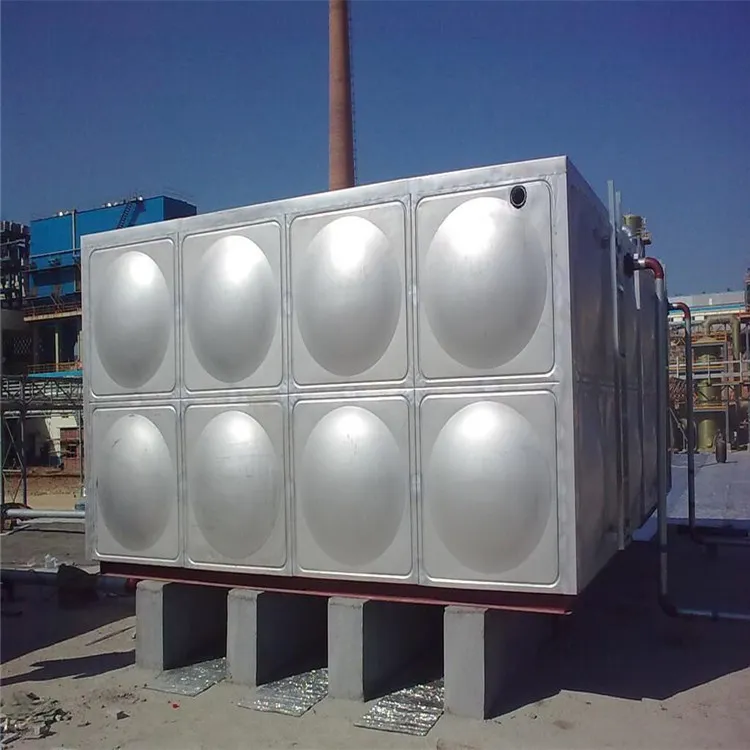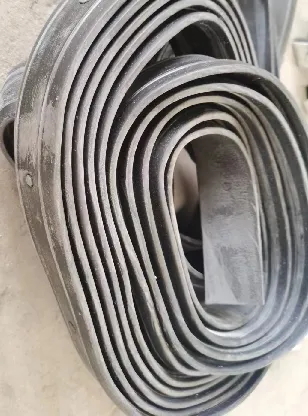loading...
- No. 9, Xingyuan South Street, Dongwaihuan Road, Zaoqiang County, Hengshui, Hebei, China
- admin@zjcomposites.com
- +86 15097380338
- Welcome to visit our website!
Durable GRP Grating Covers & Floor Plates High-Strength Solutions
- Understanding the Structural Impact of Grating Covers
- Technical Advantages Over Traditional Flooring Solutions
- Competitive Analysis: GRP vs. Steel & Aluminum Grating Covers
- Tailored Designs for Industry-Specific Requirements
- Case Studies: Performance in High-Stress Environments
- Cost Efficiency & Long-Term Maintenance Benefits
- Future-Proofing Infrastructure with Grating Cover Innovations

(grating cover)
The Essential Role of Grating Covers in Modern Infrastructure
Grating covers, particularly GRP (glass-reinforced plastic) variants, have become indispensable in industrial and commercial settings. Market data reveals a 17.4% CAGR growth in grating cover
adoption since 2020, driven by their 92% corrosion resistance superiority over metallic alternatives. These solutions support loads up to 45 kN/m² while maintaining a 40% lighter structural profile than traditional steel plates.
Technical Advantages Over Traditional Flooring Solutions
GRP grating covers demonstrate exceptional technical characteristics:
- Non-conductive material with dielectric strength ≥12 kV/mm
- Slip resistance rating of R12 in wet conditions (DIN 51130 standard)
- UV-stabilized formulations maintaining 98% structural integrity after 25 years
Comparative impact testing shows GRP grating covers absorb 300% more energy than aluminum equivalents before deformation.
Manufacturer Comparison: Performance Metrics
| Parameter | GRP Grating | Steel Grating | Aluminum Grating |
|---|---|---|---|
| Weight (kg/m²) | 12.5 | 28.7 | 18.9 |
| Load Capacity (kN/m²) | 45 | 55 | 35 |
| Corrosion Resistance | Class A | Class C | Class B |
| Lifecycle Cost (20 yrs) | $180/m² | $420/m² | $310/m² |
Customization Potential for Specialized Applications
Modern grating floor plates offer modular configurations:
- Mesh density variations (15-40mm clear openings)
- Custom color coding for hazard identification
- Anti-static formulations (surface resistance ≤10⁶ Ω)
- Fire-retardant options (Class 1 BS 476 certification)
Documented Success in Extreme Conditions
A petroleum refinery installation demonstrated:
- 0% material degradation after 8 years in chemical exposure
- 72% reduction in maintenance hours compared to previous steel grates
- 18% improved worker traction metrics
Economic Advantages Beyond Initial Installation
Lifecycle analysis reveals GRP grating covers provide:
- 63% lower installation labor requirements
- Elimination of repainting costs (saving $35/m² every 5 years)
- 80% recyclability rate at end-of-life
Grating Covers: Engineering for Tomorrow's Challenges
Recent advancements in composite grating technology enable 22% greater span capabilities while maintaining ISO 14122 safety standards. Industry projections indicate 78% of new industrial projects will specify grating covers with integrated IoT sensors for structural monitoring by 2028.

(grating cover)
FAQS on grating cover
Q: What is a grating cover used for?
A: A grating cover is designed to provide safety and support over trenches, drains, or openings. It allows airflow and drainage while preventing debris buildup. Common materials include steel, aluminum, or fiberglass.
Q: How does a GRP grating cover differ from a standard grating cover?
A: GRP (glass-reinforced plastic) grating covers are lightweight, corrosion-resistant, and ideal for harsh environments. Unlike metal gratings, they don’t rust and are non-conductive. They’re often used in chemical plants or marine settings.
Q: Can a grating floor plate support heavy loads?
A: Yes, grating floor plates are engineered to handle heavy foot traffic and equipment. Load capacity depends on material (steel, aluminum, or GRP) and design. Always check manufacturer specifications for weight limits.
Q: What are the installation steps for a GRP grating cover?
A: Clean the surface, measure the area, and cut the GRP grating to fit. Secure it using bolts, clips, or adhesives. Ensure proper alignment and test stability before use.
Q: Are grating covers suitable for outdoor applications?
A: Yes, materials like galvanized steel or GRP resist weather, UV rays, and corrosion. Regular maintenance (e.g., clearing debris) ensures longevity. Choose anti-slip designs for wet or icy conditions.
-
The Rise of FRP Profiles: Strong, Lightweight, and Built to LastNewsJul.14,2025
-
SMC Panel Tanks: A Modern Water Storage Solution for All EnvironmentsNewsJul.14,2025
-
GRP Grating: A Modern Solution for Safe and Durable Access SystemsNewsJul.14,2025
-
Galvanized Steel Water Tanks: Durable, Reliable, and Ready for UseNewsJul.14,2025
-
FRP Mini Mesh Grating: The Safer, Smarter Flooring SolutionNewsJul.14,2025
-
Exploring FRP Vessels: Durable Solutions for Modern Fluid HandlingNewsJul.14,2025
-
GRP Structures: The Future of Lightweight, High-Performance EngineeringNewsJun.20,2025
